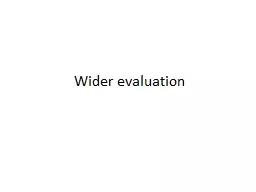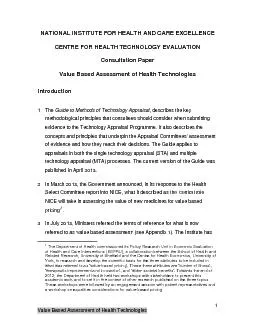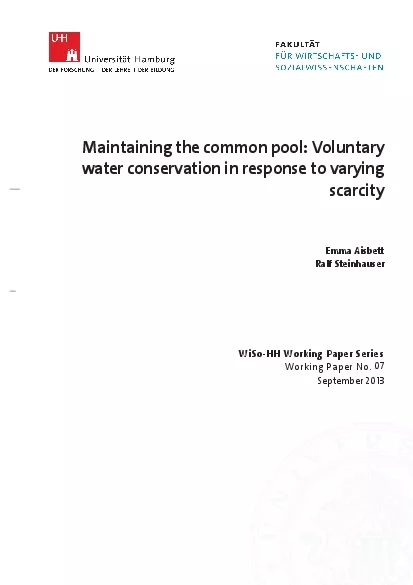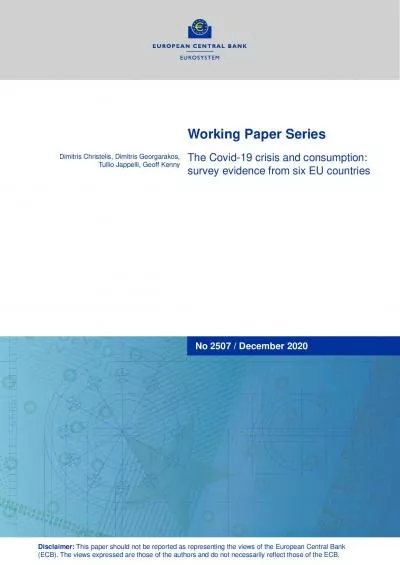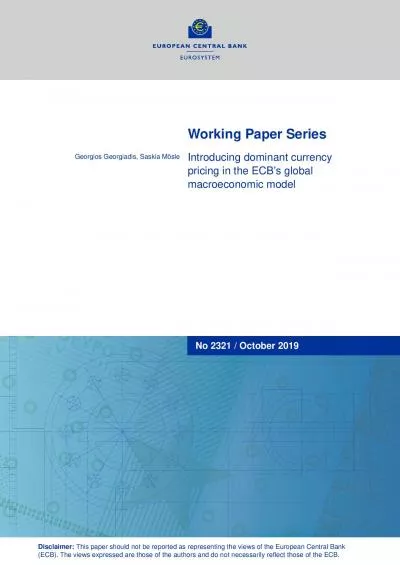PDF-WIDER Working Paper 201
Author : jovita | Published Date : 2021-10-10
755Global distribution of revenue loss from tax avoidanceReestimation and country resultsAlex Cobham1and Petr Jansk2March2017In partnershipwith1Tax Justice Network
Presentation Embed Code
Download Presentation
Download Presentation The PPT/PDF document "WIDER Working Paper 201" is the property of its rightful owner. Permission is granted to download and print the materials on this website for personal, non-commercial use only, and to display it on your personal computer provided you do not modify the materials and that you retain all copyright notices contained in the materials. By downloading content from our website, you accept the terms of this agreement.
WIDER Working Paper 201: Transcript
Download Rules Of Document
"WIDER Working Paper 201"The content belongs to its owner. You may download and print it for personal use, without modification, and keep all copyright notices. By downloading, you agree to these terms.
Related Documents




